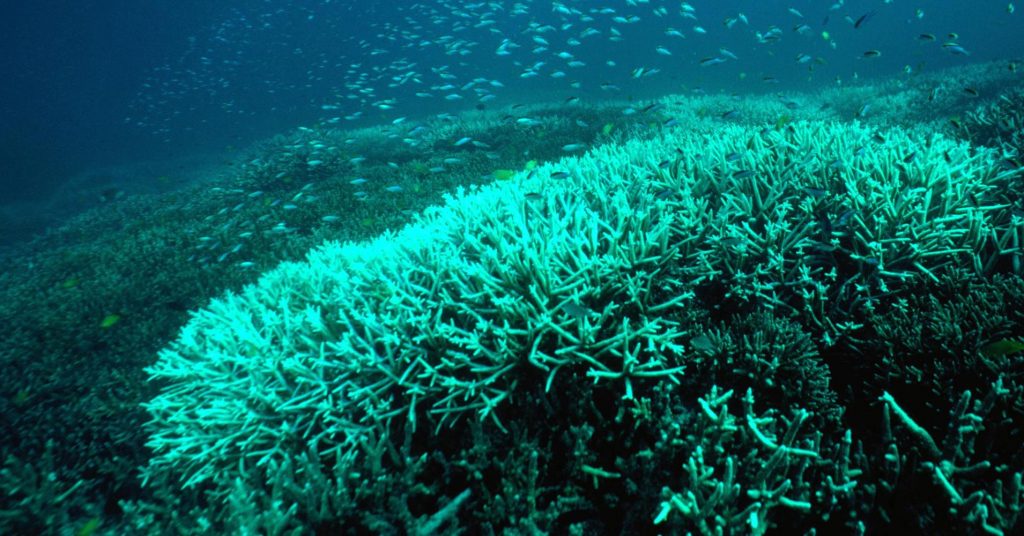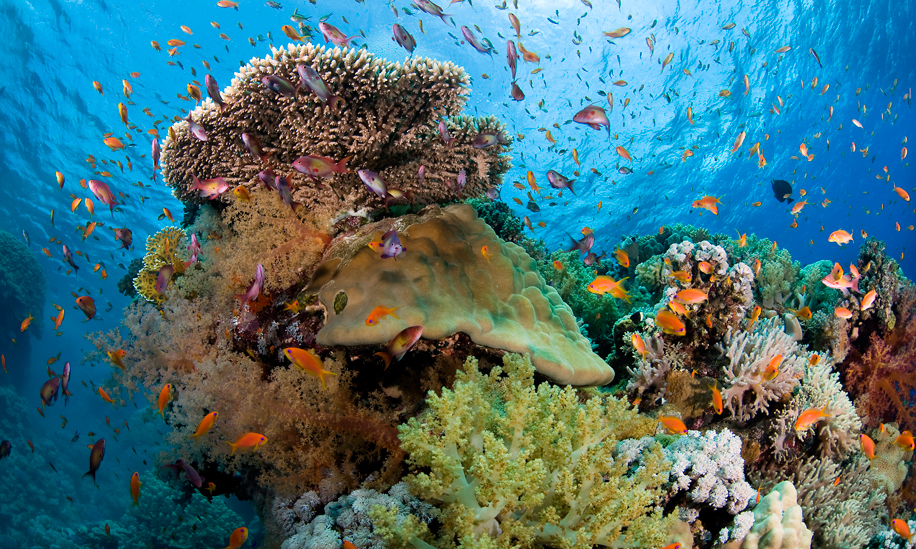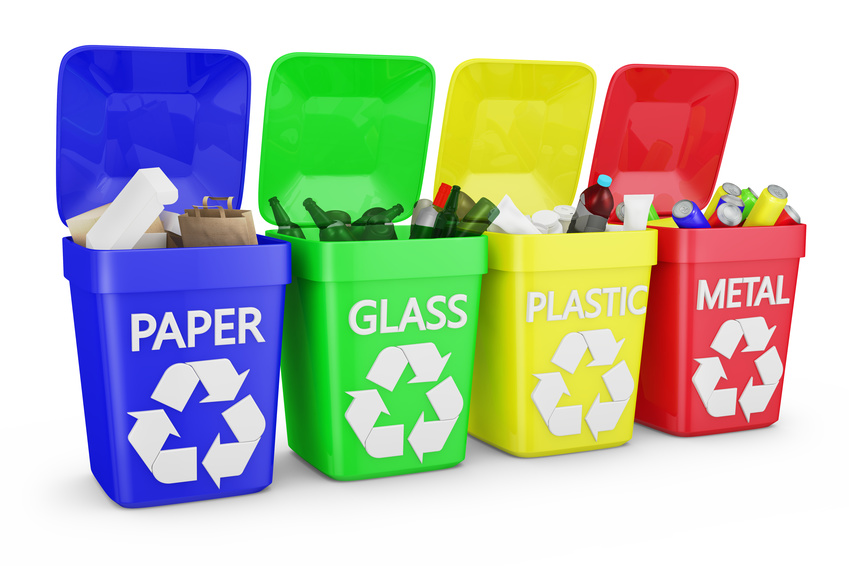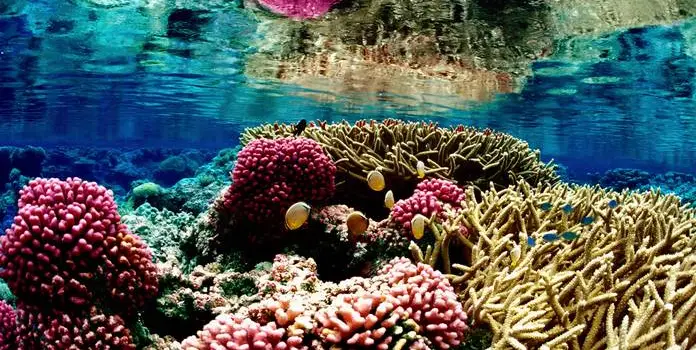Water pollution is turning to be one of the major issues these days. While humans are shifting to solutions like seawater desalination to make sea water safe, little is being done to ensure that water pollution is prevented to ensure that the sea creatures live in peace as well. There is a dire need to stop polluting water by adopting stricter norms.
Study Reveals All
A recent study has revealed that about 11.1 billion pieces of trash and ocean plastic are stuck in coral reefs across Asia-Pacific region. This is increasing the susceptibility of corals to be exposed to potentially deadly diseases by around 89 percent.
Scientists have examined nearly 124, 000 corals at 159 reefs present in Australia to Thailand and found everything unusable from plastic bottles to bags, and fishing line to Nike shoes among corals. The studied region is home to over 55 percent of world’s coral reefs. They harbor about a quarter of marine species and offer livelihood and food to hundreds of millions of humans.
Three Side Effects of Plastics
An expert who conducted the study in Indonesia has stated that plastic has three major side effects. First, plastic debris can be laden with bacteria which makes corals sick, secondly, it can cut open their skin and expose them to infection and lastly, plastic cab shade corals, block light and create conditions that let some pathogens strive.

The threat of disease and infections is a serious concern because one diseased coral can kill the whole colony and if the infection is present in one colony, it can spread to others as well. Most of the plastics in the sea are too dirty that even coming in contact with them once can spread deadly infections via painful wounds.
A Gloomy Future
The research has also revealed that if strict actions are not taken and seawater pollution grows with time, the plastic present on corals might increase 40 percent by 2025. It can reach 15.7 billion pieces by that time.

Coral Bleaching
Corals are not only threatened by plastic wastes, they are also dealing with terrible consequences of climate change. Due to an increase in ocean temperatures, coral bleaching events are rising and during such episodes, algae living in corals become toxic. If the temperatures don’t cool, the corals might die.
Before 1980, bleaching was not even known. Now, it is increasing so swiftly that in the near future, it won’t give reefs enough time to recover before the next heat wave hits. The probability is also high that corals infected by plastic would be more susceptible to bleaching. Similarly, the probability is high that bleaching might make corals more vulnerable to pathogens that are usually transmitted by contaminated plastic.
Death is Not the Only Threat
Though horrible in its own stead, death is not the only side effect of plastic meeting corals. Previous research has suggested that three debilitating diseases were found in corals that came in contact with plastic and survived. They are Skeletal eroding band disease, black band disease, and white syndromes.
Types of Plastic
If you are assuming that industrial waste is the only source of seawater pollution then you are quite wrong. Surveys conducted by an Oceanic administration have found that 81 percent of plastic debris was associated with household goods, textiles, packaging and other consumable items. Rest 29 percent were discarded fishing gear. It has also been found by researchers that plastic items like bottle caps and toothbrushes that are made of polypropylene are more likely to get inhabited by bacteria.

Structure Matters
It was also discovered that plastic trash was about eight times more likely to affect reefs that had greater structural complexity like the corals with branches that easily snag debris. As these structures also offer habitat to fish, the fisheries are also vulnerable.
The Culprit
The main culprit behind these shocking findings is the selfish nature of humans. When humans need water from the sea to be drinkable, investment in technologies like seawater desalination and reverse osmosis are made. But we rarely pay attention to how wastewater is disposed of. Experts also believe that when the amount of plastics is reduced, it will reduce the plastic related coral deaths.
The Solutions?
Governments of all the nations need to invest in quality waste management facilities to ensure that plastic waste is not disposed of in the sea. In fact, it should be disposed of at recycling and disposal centres. Investing in other solutions which replace plastic packaging is also the need of the hour.

You Need to be Safe Too
If you hope to save corals, you should seriously consider your own use of plastic and ensure its reduction. In case you source water from the sea for commercial, industrial or even household purposes, you need to ensure it’s filtered in a seawater desalination system to be assured that microplastics don’t enter the bodies of your loved ones, your customers or your employees.
To invest in a seawater desalination system which makes lives safer, contact AMPAC USA.
Sources
https://www.sciencedaily.com/releases/2018/01/180125140848.htm










